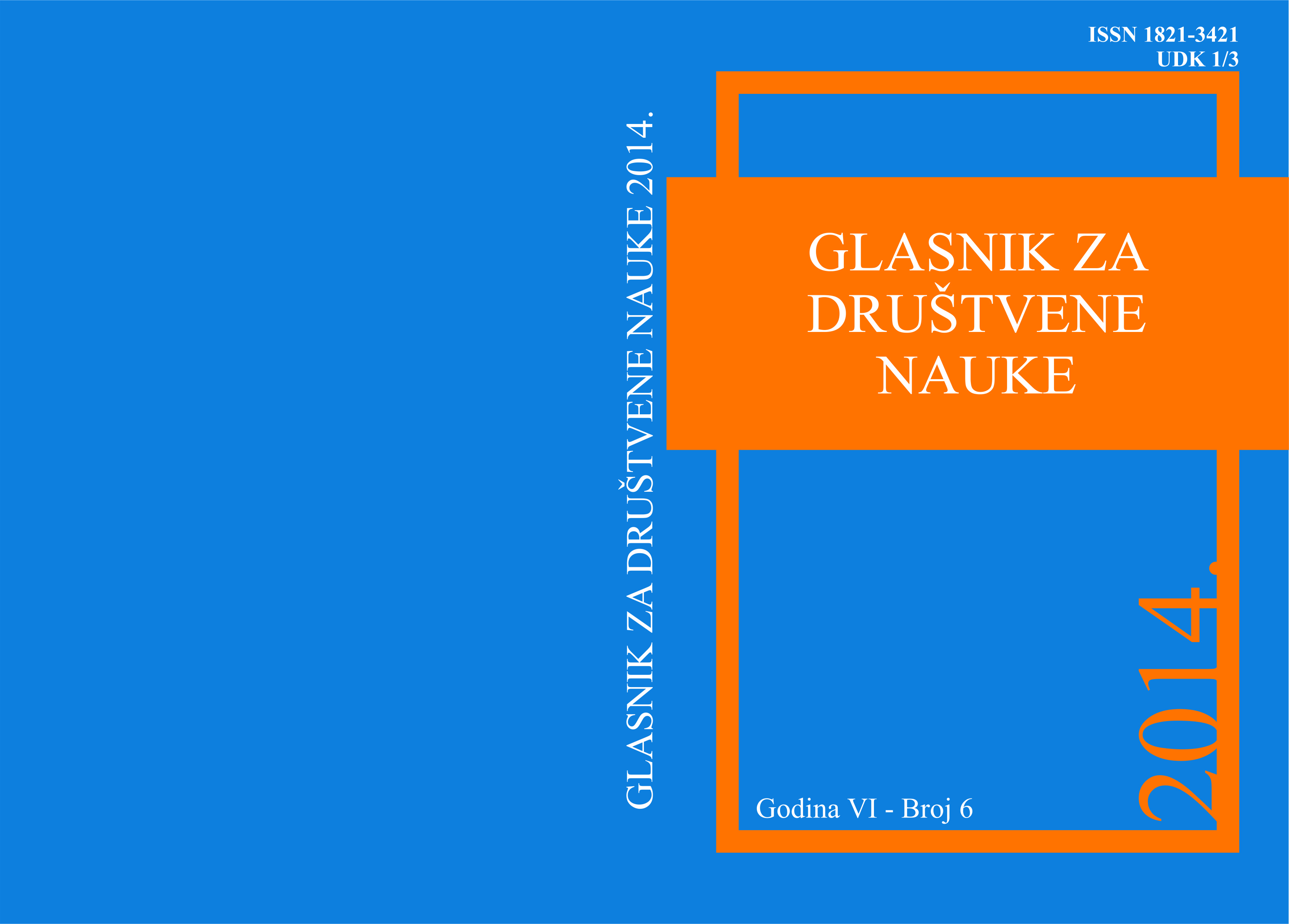Psychotherapy and organizational consulting – example from practise
Keywords:
psychotherapy, organizational consulting, gestalt, phenomenology, practiceAbstract
The approaches of psychotherapy and organizational consulting are similar in focusing on the betterment of the client (individual, group, or organization). The similarity is reflected in the use of techniques, in accepting the idea of a "personality" of the organization and believing in the existence of a specific psychological being of the organization. Both approaches recognize and acknowledge the interdependence and mutual influence of individuals on the organizational field, which creates a whole (Gestalt), that is more than the sum of the individual elements that it is composed of . The Acceptance of the idea that the change of one element of the field leads to changes in the entire field is also present in psychotherapy and consulting. This article focuses on the application of Gestalt therapy in the organizational context, provides an example of the application of the Gestalt therapy approach to organizations (brief intervention) and explains and illustrates the basic concepts of this approach through an example of good practice.
References
Berger, J (1980) Treći roditelj, Beograd: Nolit.
Buber, M (1990) Ti i ja, Beograd: Rad.
Beisser, Arnold (1970) “The Paradoxical Theory of Change“, u J. Fagan & I. Shepherd, (prir.), Gestalt Therapy Now, (1970/1971) pp. 77-80, New York, Harper.
Brace K. and VandeCreek, L. (1991) "The Justification of Paternalistic Actions in Psychotherapy“, Ethics & Behavior, Vol 1, iss. 2, pp. 87-103.
Cajvert, Lj. (2001) Kreativni prostor terapeuta: O superviziji, Sarajevo: Svjetlost.
Fagenson, E. & Burke, W. W. (1991) “The current activities of organization development practitioners”. J. Appl. Behav. Sci., 26:16-25.
Gediman, H. and Wolkenfeld, F (1980) „The Parallelism Phenomenon in Psychoanalysis and Supervision: Its Reconsideration as a Triadic System“, Psychoanalytic Quarterly, 49:234-255.
Hawkins, P, Smith, N, (2007) Coaching, Mentoring and Organizational Consultancy: Supervision and Development, Buckingham: Open University Press.
Levin, K (1943) “Defining the Field at a Given Time“, Psychological Review 50, Washington DC.
Miller, L. and Twomey, J.E. (1999) “A Parallel Without a Process: A Relational View of a Supervisory Experience“, Contemporary Psychoanalysis, 35: pp. 557-580
Nevis, Edwin, (1997) “Gestalt Therapy and Organization Development -A Historical Perspective”, 1930-1996 Gestalt Review, 1(2):11-130
Pecotić, L, (1981) Eksperiment u geštalt psihoterapiji, magistarski rad, Beograd.
Perls, F, Hefferline, R & Goodman, P.(1951) Gestalt Therapy, Dell Publishing Co. New York.
Prnjat, A (2008) „Crkva i paternalizam“ – odgovor Mihailu Markoviću, Filozofija i društvo, Vol 19, br. 2, str. 253-256.
Stivens, Džon, (1997), Moć svesnosti, Beograd: Ezoterija.
Smith, K.K., V.M. Simmons, and T.B. Thames (1989) "Fix the Women": “An intervention into an organizational conflict based on parallel process thinking”. The Journal of Applied Behavioral Science, 1989. 25(1): p. 11-29.
Taylor, J.H., Poole, S., Rodway, R. & Tyson,R. (2006) “Parallel Process in Supervision: A qualitative investigation“, European Journal for Qualitative Research in Psychotherapy, Issue: 2006 Issue 1.
Wertheimer, M. (1923) “Untersuchungen zur Lehre von der Gestalt, II”. [Investigations in Gestalt Theory: II. Laws of organization in perceptual forms]. Psychologische Forschung, 4, 301–350
Wolkenfeld, F. (1990) “The parallel process phenomenon revisted”, Psychoanalytic approaches to supervision 95-112, New York: Brunner Mazel.
Downloads
Published
Issue
Section
License

This work is licensed under a Creative Commons Attribution-NonCommercial-NoDerivatives 4.0 International License.


